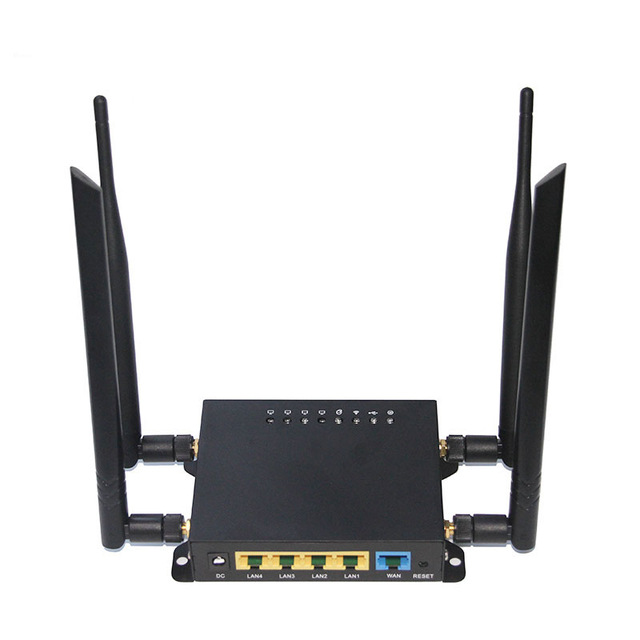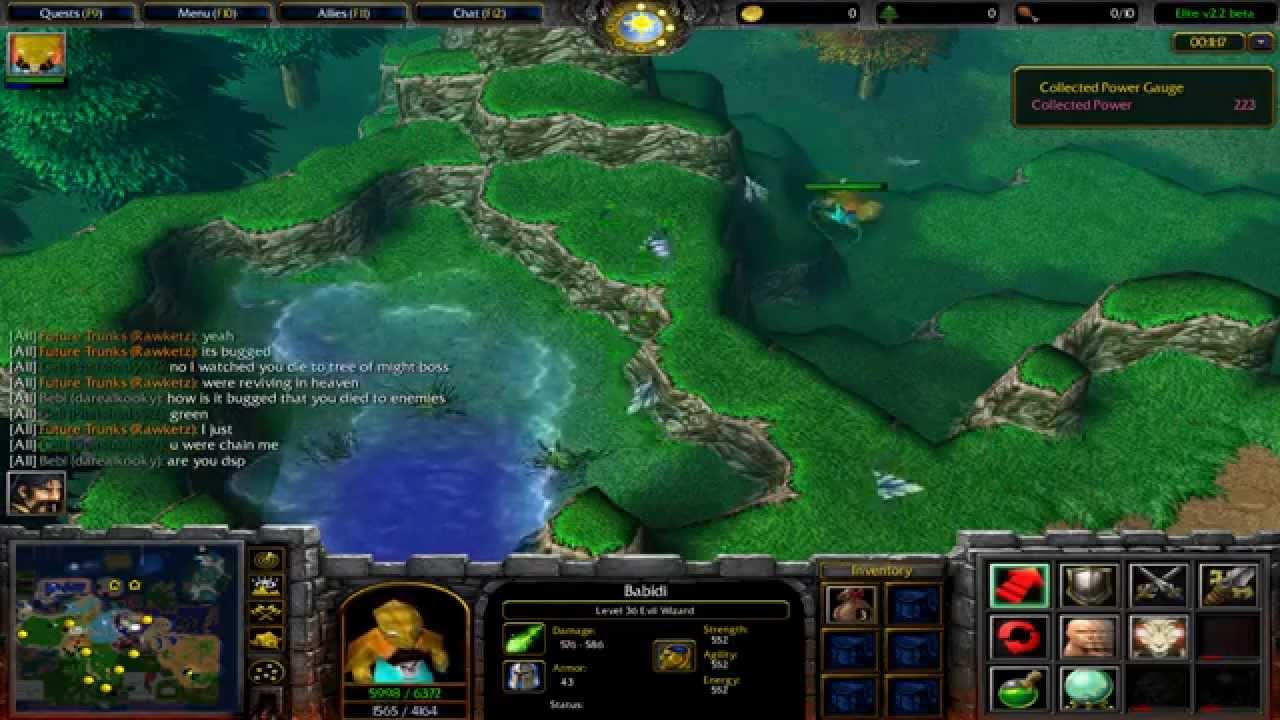

In the past we solved this by having one person hold their radio near their computer’s microphone and re-broadcast the audio to our Mumble server (Mumble is a free, open source, low latency, high quality voice chat application). The issue me and some friends have been dealing with is that without a radio, it’s almost impossible to listen to DMR calls: is a web interface for doing exactly that, but it’s often very laggy and frequently just doesn’t work. By doing this, one could have DMR coverage in their house, even if they aren’t able to reach other repeaters. It’s possible to add your own hotspot (a mini-repeater with very low transmitting power) to the network. These master servers are in turn also linked to each other. It has repeaters all over the globe that are each linked to their country’s master server. One of these repeater networks, and by far the largest, is the BrandMeister network. These repeaters then retransmit the message, enabling even radio amateurs that are on different continents to communicate.

DMR also has a concept of repeaters: they take messages for one talk group and send them over the internet to other repeaters that are listening to this talk group. Hams use repeaters to extend their coverage. In amateur radio, there’s a concept of repeaters: they are often stationed on top of a high vantage point, and relay the messages radio amateurs send to them. The main issue holding back innovation is compatibility with existing radios: if you had a hand-held that only talks Codec 2, it would not be able to communicate with all other radios still using AMBE as vocoder. Other codecs should be used, such as the open-source Codec 2. This is less than ideal in my opinion: I think it goes against the radio amateur spirit to use a closed, proprietary codec. This happens, but the vocoder (voice encoder/decoder) is not open: it uses AMBE as its codec, which is proprietary and patented. Another advantage is that it has two timeslots, so two users can use the same frequency without interfering with each other.ĭMR is also an open standard, so in theory multiple manufacturers should be able to build DMR radios. With digital radio, the quality more or less stays the same up until the cut-off point. Its main advantage over regular, analog radio is that the quality degrades better than analog radio: when moving further away from an analog radio, the quality decreases. DMR (short for Digital Mobile Radio) is a digital mode that is used on the amateur radio bands.


 0 kommentar(er)
0 kommentar(er)
